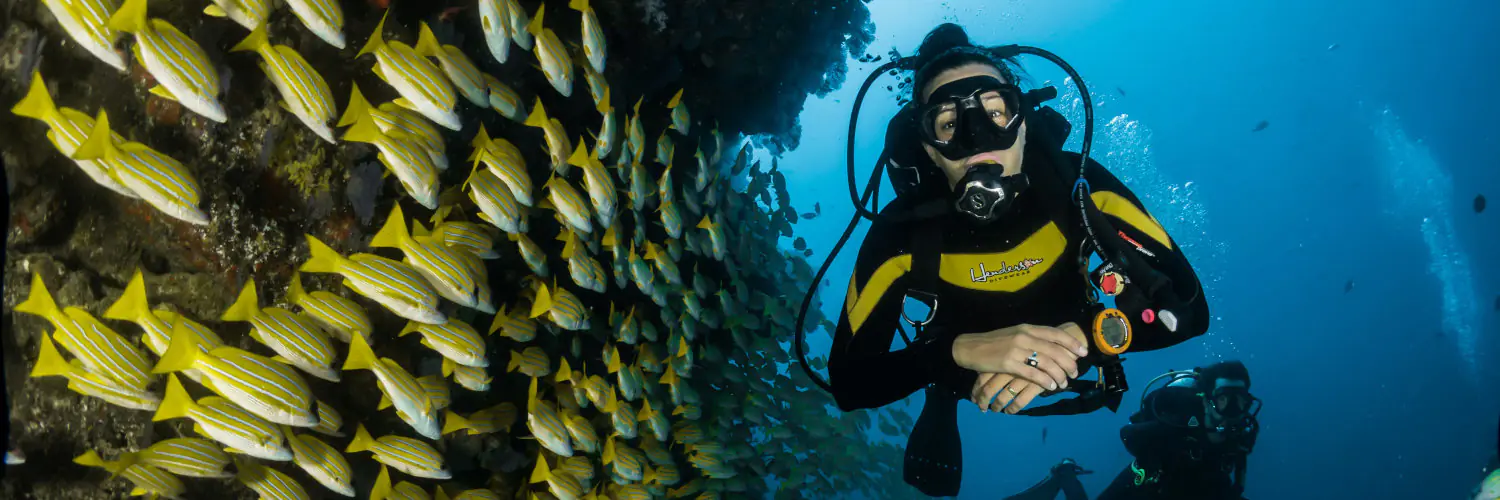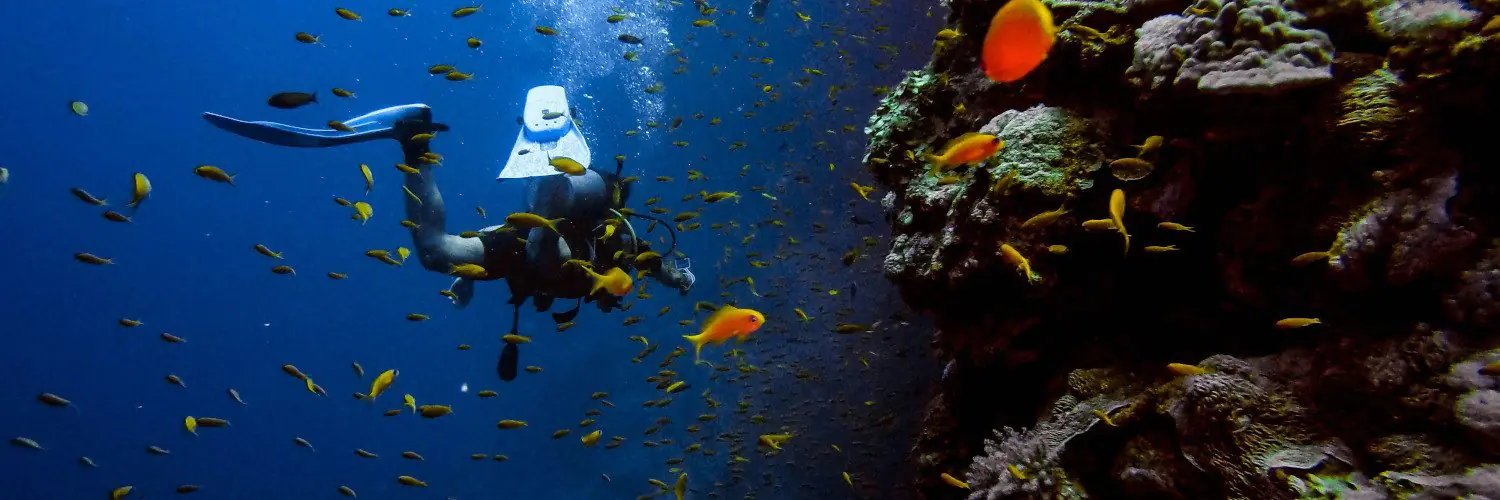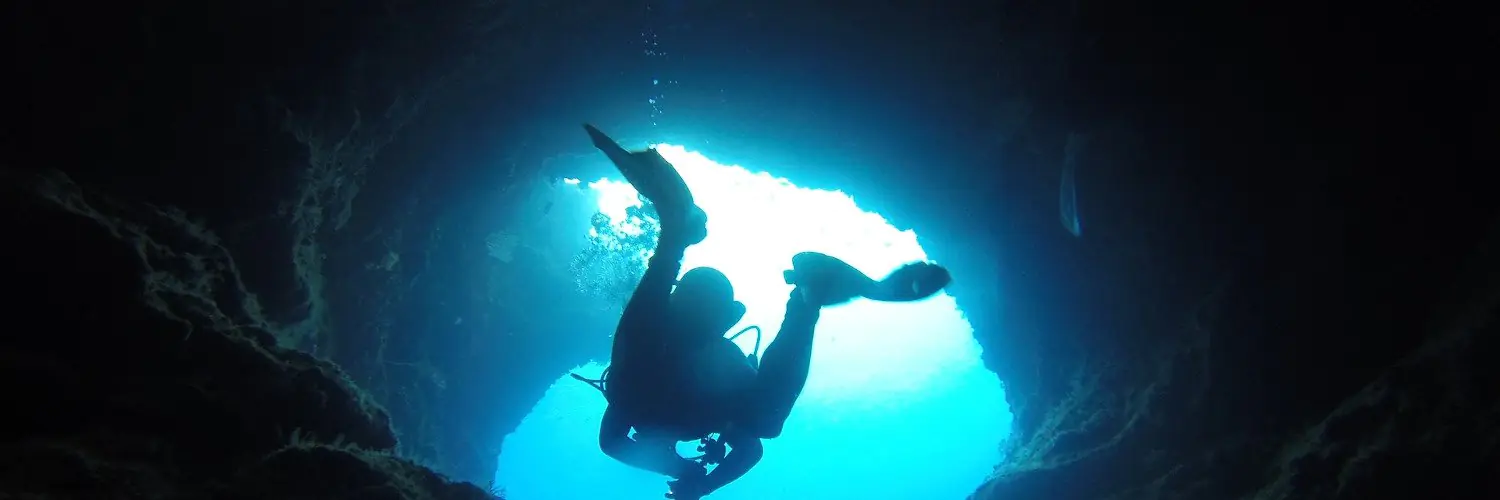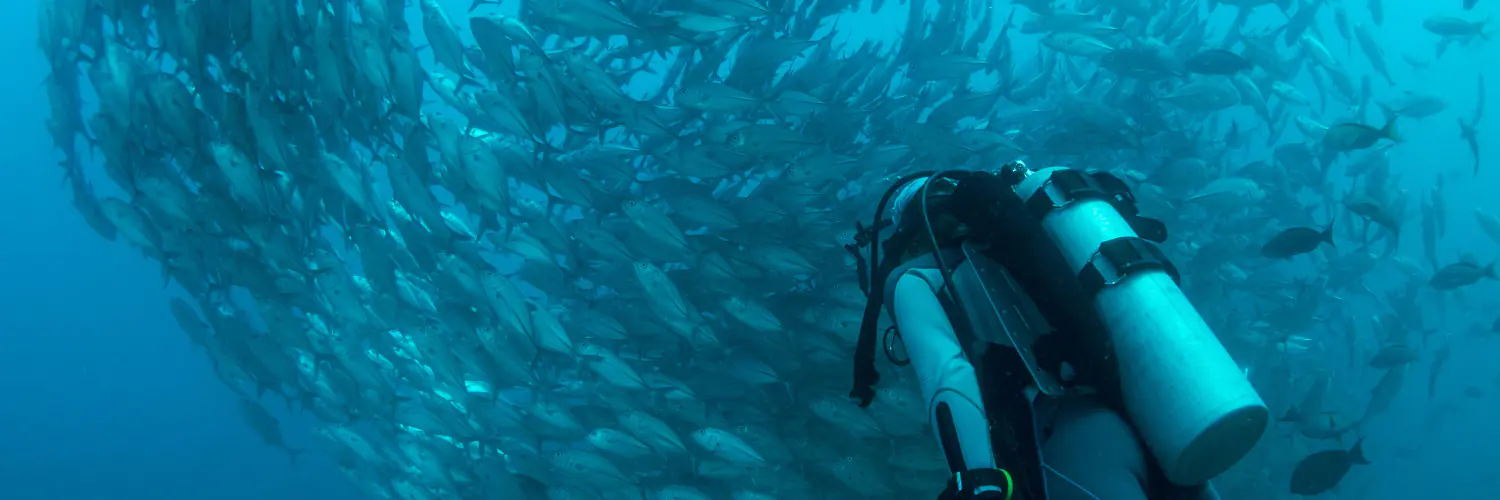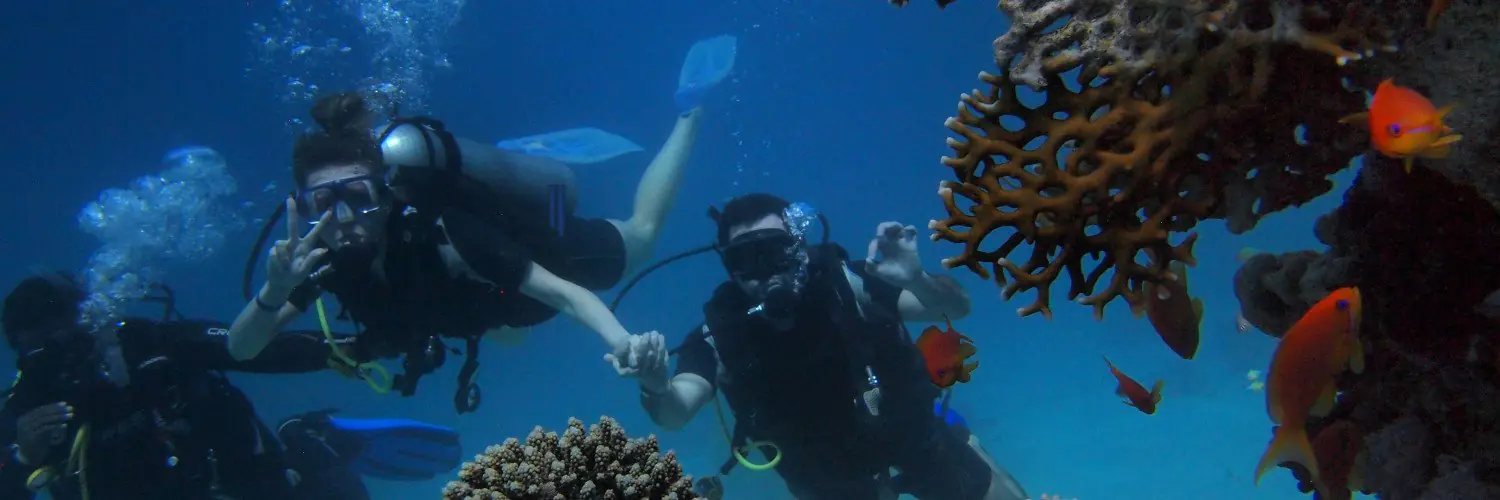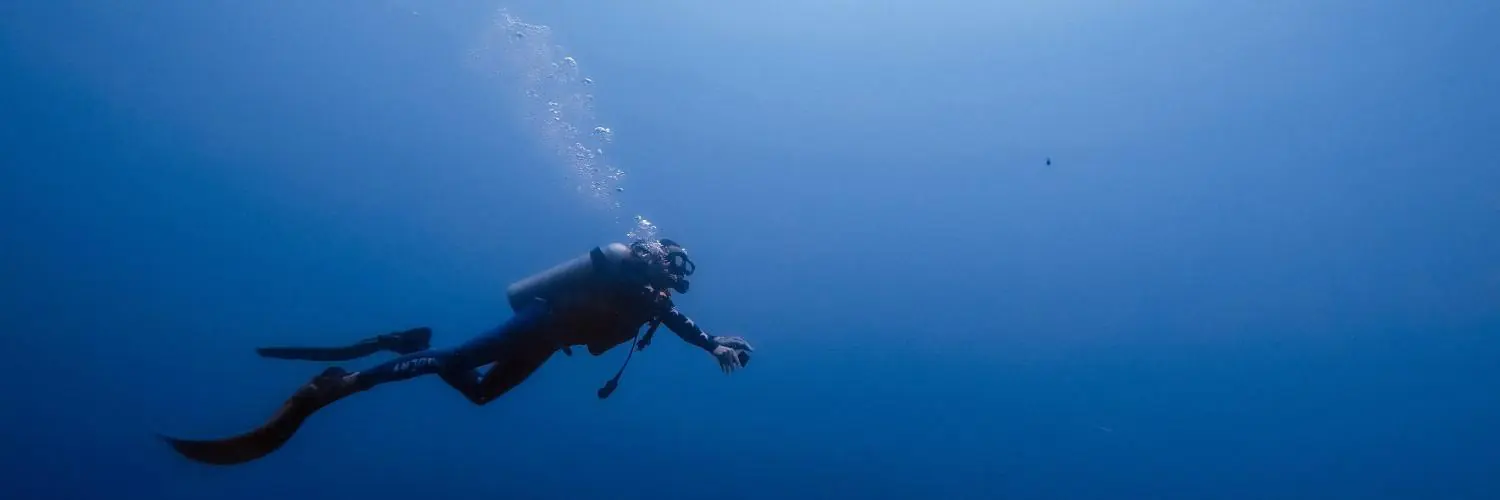Engaging in both scuba diving and skydiving offers individuals a unique perspective on the world, allowing them to experience the wonders of the ocean’s depths and the thrill of free-falling from the sky. These two activities are among the most exhilarating adventures that one can participate in, providing not only an adrenaline rush but also exposing individuals to the beauty and vastness of nature in contrasting environments. Yet, undertaking these activities in close succession requires careful consideration due to the physiological demands placed on the body.
Scuba diving involves breathing compressed air at depth, which leads to nitrogen being absorbed into the diver’s bloodstream. Upon ascending and returning to the surface, this nitrogen must be given time to safely leave the body to avoid decompression sickness, often referred to as “the bends”. As such, skydiving after scuba diving necessitates a waiting period to ensure this off-gassing occurs. The Federal Aviation Administration suggests waiting a minimum of 24 hours after scuba diving before engaging in activities like flying or skydiving from altitudes above 8,000 feet, to mitigate the risks associated with changes in pressure.
Skydiving, on the other hand, doesn’t entail the same kind of pressure-related concerns as scuba diving does, allowing for a person to scuba dive after skydiving without a specific waiting period. Though each sport comes with its own set of health prerequisites, a common thread is the requirement for a certain level of fitness and wellbeing. Before embarking on either of these adventures, individuals should consult with a medical professional to confirm that they meet the necessary health and safety standards for both scuba diving and skydiving.
Table of Contents
Understanding Scuba Diving Fundamentals
Before delving into the specifics of scuba equipment essentials, diving safety protocols, and the recognition of decompression sickness, it is vital to understand these fundamentals. They serve as cornerstones for safe and enjoyable scuba diving experiences.
Scuba Equipment Essentials
Buoyancy Control Device (BCD) & Regulator: Central to scuba gear, the BCD allows divers to manage their buoyancy underwater. Coupled with a regulator, which delivers air from the tank, these items are indispensable.
- Fins and Mask: Fins provide propulsion and agility in the water, while a well-fitting mask enables clear vision.
Diving Safety Protocols
Training: Engaging in a certified diving course is essential for learning safe diving practices. Certification courses teach how to use scuba equipment effectively and handle potential underwater challenges.
- Buddy System: Never dive alone. The buddy system is a safety protocol emphasizing mutual dependence for monitoring and assistance.
- Pre-Dive Safety Checks: These checks confirm that gear is functioning correctly and that divers are prepared to enter the water.
Recognizing Decompression Sickness
The Bends: Decompression sickness, also known as the bends, occurs when nitrogen absorbed at depth forms bubbles in the body during ascent. Symptoms range from joint pain to neurological issues and require immediate medical attention.
- Prevention: The key to avoiding decompression sickness is to ascend slowly and perform safety stops as instructed during training. Divers should also adhere to dive table guidelines and manage their bottom time and depth.
Exploring Skydiving Basics
This section provides critical insights into the fundamental aspects of skydiving, including parachute mechanics, essential training, and the distinctions between tandem and solo skydiving experiences.
Parachute Dynamics
A skydiver relies on a parachute system, which includes a main canopy and a reserve parachute, in case of the main parachute’s malfunction. Parachute dynamics are crucial, with the deployment process designed to reduce speed from approximately 120 mph in freefall to a safe landing pace. They receive guidance from experienced instructors to manage and steer their parachutes effectively.
Skydiving Training and Preparations
Training for skydiving is mandatory, especially for first-time jumpers. It encompasses a range of topics from jumping techniques to emergency procedures. First-time skydivers often engage in tandem skydiving, where they are harnessed to a certified instructor, thus minimizing the risk of accidents. Preparations include a thorough fitness assessment and learning key positions for exiting the aircraft and during freefall.
Tandem vs. Solo Skydiving
New skydivers usually begin with tandem skydiving, where safety and control are largely in the hands of an experienced instructor. In contrast, solo skydiving requires extensive training, wherein individuals jump alone but typically only after demonstrating competency in managing their own equipment and decision-making in the sky.
Cross-Activity Considerations
Engaging in scuba diving and skydiving in close succession involves significant pressure changes which can affect the body. The planning of activities must be strategic to mitigate health risks.
Impact of Pressure Changes on the Body
When a person scuba dives, their body is exposed to increased pressure due to the weight of the water above them. This pressure causes nitrogen to dissolve into their tissues. Upon ascending, the pressure decreases, and the nitrogen may form bubbles in the bloodstream, a condition known as decompression sickness or “the bends.” An arterial gas embolism can occur if these bubbles block blood flow.
Similarly, skydiving exposes the body to rapid changes in atmospheric pressure. If done too soon after scuba diving, the lower pressure at high flight altitude can exacerbate the formation of nitrogen bubbles. To minimize risks, a strict adherence to recommended surface intervals between diving and ascending to high altitudes, such as in an airplane before a skydive, is crucial.
Planning for Back-to-Back Adventure Sports
-
Surface Interval Planning: Experts recommend a waiting period of at least 24 hours after scuba diving before flying or skydiving to allow excess nitrogen to safely leave the body.
-
Activity Scheduling: Scuba diving should ideally be scheduled several days before a planned skydive, or vice versa, to accommodate adequate surface intervals.
-
Monitoring Altitude Exposure: It’s important for individuals to monitor and limit their exposure to high altitudes after diving. Flights that cruise above 8,000 feet pose a heightened risk for the development of decompression sickness.
Adhering to Federal Aviation Administration (FAA) guidelines minimizes the chance of an embolism and ensures safer participation in high-altitude activities following a dive.
Health and Safety Implications
Engaging in scuba diving and skydiving sequentially carries significant health risks that demand careful attention to safety protocols to prevent adverse effects.
Addressing the Risks of Sequential Diving and Skydiving
Decompression Illness (DCI): Sequential diving and skydiving can increase the risk of decompression illness, commonly known as the bends, which affects the body when it goes from a higher pressure underwater to a lower pressure too quickly. DCI can result in dangerous symptoms that impact the heart, brain, lungs, and skin.
- Pulmonary Barotrauma: Ascending too rapidly while diving or descending in an aircraft can cause gas expansion in the lungs, leading to pulmonary barotrauma, which might result in an arterial gas embolism.
Best Practices for a Safe Adventure
Waiting Periods:
- For a non-decompression dive, a minimum of 12 hours is recommended before skydiving.
- For multiple dives, or dives requiring decompression stops, waiting 24 hours before flying or skydiving is advisable to decrease the chances of DCI.
Health Considerations:
- Skydivers should be in good physical condition, as heart or lung conditions can exacerbate the risks associated with both activities.
- To ensure a safer experience, individuals should always adhere to guidelines provided by authoritative organizations and discuss any potential health concerns with a medical professional before embarking on such high-risk activities.
Note: These guidelines are crucial for reducing the likelihood of accidents and facilitating a safe, enjoyable experience combining scuba diving and skydiving.
Logistical and Practical Aspects
Planning a day that combines scuba diving and skydiving involves careful consideration of both activities’ equipment, costs, and the sequence of events. It’s essential to account for the unique demands of these distinct yet adventurous sports.
Equipment and Cost Considerations
Scuba Diving Equipment:
- Rental/Purchase Costs: A diver can either rent or purchase equipment. Renting may be more cost-effective for infrequent divers.
- Essentials: Include a mask, snorkel, fins, regulator, buoyancy control device (BCD), dive computer, and wetsuit.
- Average Cost for Air Fill: $8 per tank.
Skydiving Equipment:
- Rental: Most jump centers include the cost of equipment rental in their jump prices.
- Essentials: Include a jumpsuit, helmet, goggles, altimeter, and parachute system.
- Tandem Jump Cost: Generally includes gear, instruction, and the jump.
Comparison:
- Scuba Diving: May be conducted more affordably by shore diving with minimal costs beyond equipment.
- Skydiving: Often more expensive due to airplane use and higher equipment maintenance.
Destination Selection and Trip Planning
Reservations:
- Scuba Diving: Dive shops and tour operators typically require advance booking. Availability can be dependent on weather conditions and dive site capacity.
- Skydiving: Booking with a reputable skydive operator should also be done in advance, especially during peak seasons to ensure a slot.
Location:
- Scuba Diving: Coastal areas and islands are common choices, with dive sites ranging from reefs to wrecks.
- Skydiving: Companies operate at airfields, with jumps typically from aircraft reaching altitudes like 14,000 ft.
Safety Considerations:
- Dive before skydive: The FAA recommends a minimum 24-hour interval between scuba diving and flying or skydiving to avoid decompression sickness.
- Ensure travel time between locations allows for this waiting period.
Adventure Planning:
- When planning a day involving these extreme sports, one should design the itinerary to start with scuba diving. This allows the body adequate time to off-gas nitrogen absorbed during diving before the increase in altitude with skydiving.
Regulations and Industry Standards
The interplay of strict regulations and adherence to industry standards is critical for the safety and success of both scuba diving and skydiving ventures. These standards are overseen by specific certification bodies and are embedded within comprehensive legislation and safety guidelines.
Diving and Skydiving Certification Bodies
Divers Alert Network (DAN) is reputed for its pivotal role in the scuba diving industry, spreading awareness about dive safety through research, medical services, and education.
The United States Parachute Association (USPA) establishes standards for skydiving certification, training, and safety. Skydive operators that are members of the USPA are committed to using only instructors who are USPA-rated, ensuring compliance with stringent safety and training standards.
Legislation and Safety Guidelines
The Federal Aviation Administration (FAA) regulates both commercial and sport skydiving, with specific regulations encompassing aircraft operation, skydive altitude, and equipment standards. Operators must follow these Federal Aviation Regulations (FARs) to maintain a recognized standard of safety.
For scuba diving, safety guidelines emphasize the importance of proper training, use of technology, and adherence to no-decompression limits. Scuba diving operators and instructors must ensure divers are aware of and understand the potential risks, proper use of equipment, and emergency procedures.
-
Legislation Highlights:
- Skydivers must be informed about jump procedures and sign waivers.
- Skydiving activity is regulated by both the FAA and industry self-regulation.
- Standards include the use of emergency activation devices for parachutes.
-
Safety and Training:
- The military has influenced the development of both diving and skydiving technologies and training programs.
- Statistics are used to assess the safety record and effectiveness of industry practices, guiding policy and training updates.
- Rewards are in place recognizing adherence to safety regulations and high training standards.

